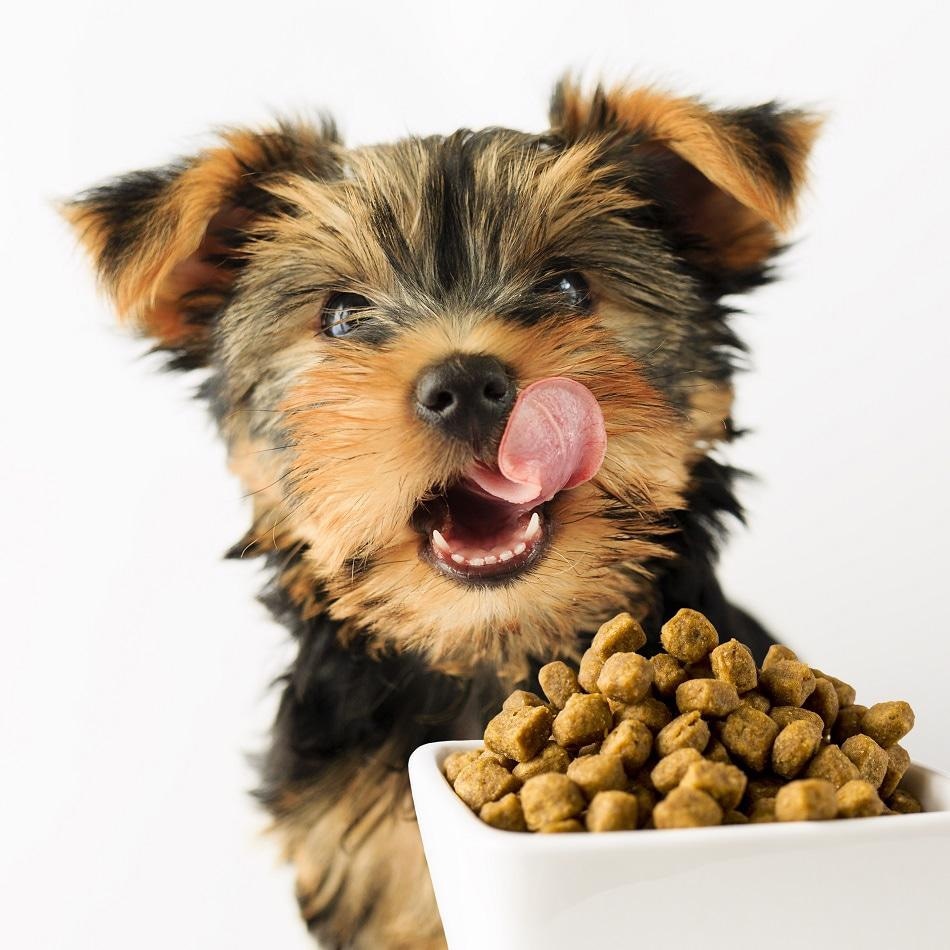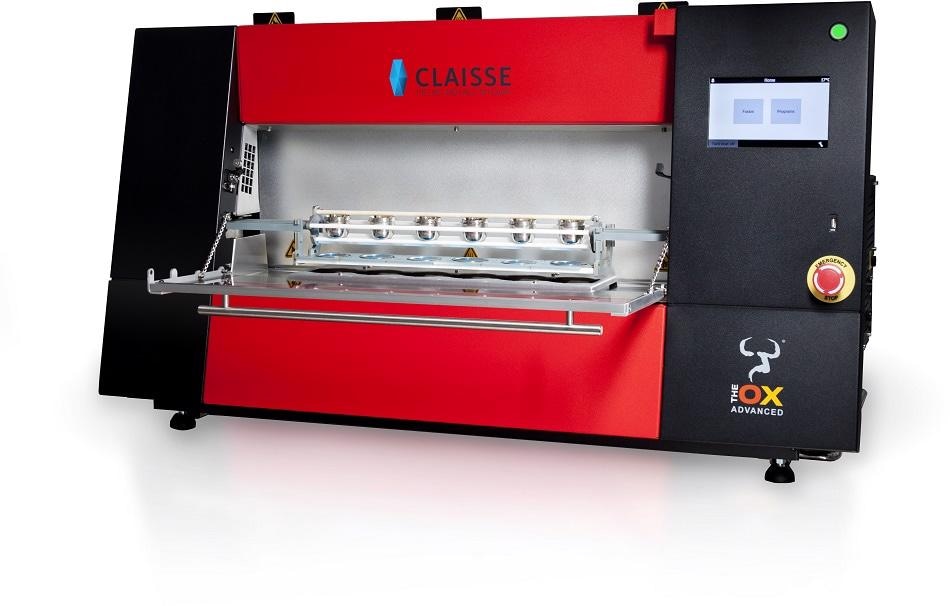Nutrients such as minerals and vitamins must be quantified in animal feed products, including dog food, to prevent legal and financial consequences with regards to misbranding. Dog food samples are challenging to test since they have a highly volatile organic content. To overcome this challenge, special attention must be given to the pre-treatment of samples before the lithium borate fusion step. Actually, special thermal pre-treatments are indispensable to eliminate the organic materials and keep volatile elements of interest. An oxidizer is also required to complete the oxidation of the partially reduced material during the fusion process.

Image Credits: shutterstock.com/gorillaimages
The purpose behind this project is to show that fusion using TheOx® Advanced instrument is a well-matched method to prepare highly organic samples and gain good XRF analytical results. In contrast to wet chemistry that is frequently used to prepare these kinds of samples, fusion is rapid, it does not require the use of hazardous acids and it leads to a considerable return on investment (ROI).
Apparatus and Instrumental Conditions
An automatic Claisse® TheOx® Advanced fusion instrument was used to produce 32 mm lithium borate glass disks. Its resistance-based electric system, superior insulation properties and preset fusion programs allow an even heating, thus providing repeatable and reproducible fusion conditions for its six positions. Samples containing Zn, S, P, Na, Mg, Mn, K, Fe, Cu, Ca and Al were fused, resulting in glass disks to analyze with the XRF spectrometer. Measurements were done using a Panalytical 4 kW MagiX PRO sequential WDXRF spectrometer with a 27 mm collimator mask.
Pre-Treatment Method
As stated in the introduction, dog food samples require specific thermal treatments before the fusion step to guarantee excellent XRF analytical results. The Claisse Expertise team showcases the significance of these specific treatments of dog food samples to prevent damage to the platinumware.
Challenges
- Retention and concentration of volatile elements of interest using sufficient thermal pre-treatments
- Superior precision of mineral nutrients analysis in extremely organic dog food samples
Benefits
- Easy preparation of challenging samples
- Fusion can be used to prepare a broad range of minerals for XRF analysis
- Automated (the operator can then be free to do other valuable tasks in the laboratory)
- Avoids damages to the platinumware
- Quick ROI
- Safer and quicker than wet chemistry

Global Sample Preparation Method
Dog food samples were made using a 1:10 sample-to-flux ratio with a pre-fused lithium borate flux with precise composition, pure grade (99.98+%). The use of the good oxidizer (NH4NO3) is also required. The sample and then the flux were weighed straight into the Pt/Au crucible. A totally automatic TheOx® Advanced instrument was employed to fuse the samples.
The validated fusion program for dog food materials was applied for all samples. The fusion technique includes an oxidation step to put all nutrients in a suitable chemical state and guarantee optimal fusion method as well as good XRF results. The sample was oxidized and diluted in the melted borate flux. Then the mixture was automatically poured into a 32 mm Pt/Au mold. The entire cold-to-cold fusion process was completed in about 20 minutes.
Results
The performance of TheOx® Advanced fusion instrument has been verified by validating this methodology with a certified reference material (CRM) and six samples available commercially. Eleven compounds were analyzed as they were of significance in the sample type. Table 1 illustrates the used range of concentration (in %) attained from the tested samples and the lower limit of detection (LLD) determined by the XRF software SuperQ. Table 2 illustrates the certified composition of the CRM-DF-A and the relative standard deviation (RSD) for 10 replicates.
Table 1. Concentration Ranges and LLD.
| Compounds |
Concentration range (%) |
Lower limit of detection (ppm) |
| Al |
0.00-0.03 |
0.34 |
| Ca |
2.50-28.50 |
0.43 |
| Cu |
0.002-4.77 |
0.01 |
| Fe |
0.002-0.29 |
0.38 |
| K |
0.0-0.8 |
1.2 |
| Mn |
0.006-11.80 |
0.41 |
| Mg |
0.21-6.01 |
0.51 |
| Na |
0.49-18.05 |
2.4 |
| P |
0.02-8.70 |
0.31 |
| S |
0.22-1.56 |
1.4 |
| Zn |
0.015-11.90 |
0.45 |
Table 2. CRM Sample and RSD (in %).
| Compounds |
CRM-DF-A composition (%) |
RSD (%) |
| Al |
0.027 |
1.91 |
| Ca |
2.5 |
0.39 |
| Cu |
0.002 |
1.50 |
| Fe |
0.02 |
1.90 |
| K |
0.83 |
0.80 |
| Mn |
0.006 |
1.27 |
| Mg |
0.211 |
0.39 |
| Na |
0.49 |
0.54 |
| P |
1.844 |
0.18 |
| S |
0.22 |
1.04 |
| Zn |
0.015 |
0.60 |
Conclusion
The results shown in the earlier tables specify that including pre-treatment of samples prior to lithium borate fusion is effective to prepare mineral nutrients in dog food samples with high organic content for XRF analysis.
The technique showed good precision for compounds of interest and an excellent retention of eleven minerals, thus confirming the quality of the technique, resulting in reliable XRF results and guaranteeing the appropriate labeling of the product. Although the samples were complicated to prepare, the use of TheOx® Advanced fusion instrument was confirmed efficient in the following determination of true compositions.

This information has been sourced, reviewed and adapted from materials provided by Claisse.
For more information on this source, please visit Claisse.